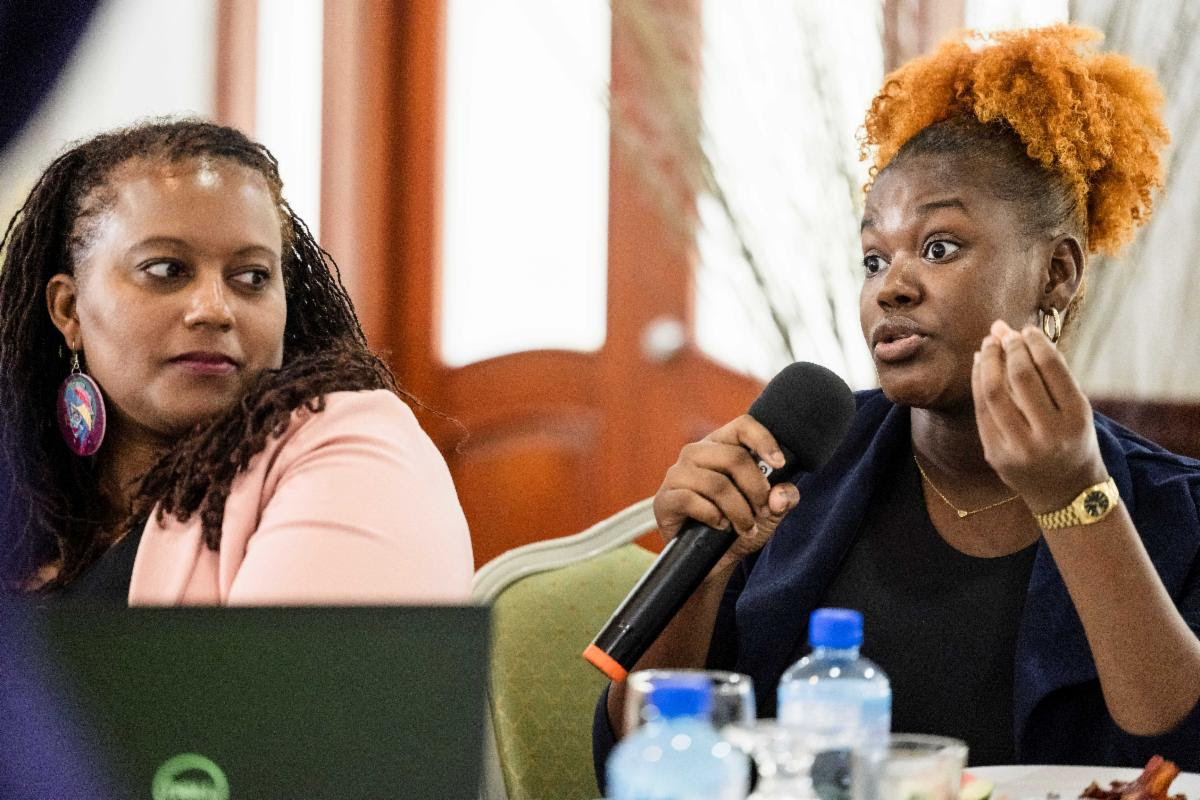GEORGETOWN, Guyana, Oct. 14, 2014, CNS – Guyana has a mass preparedness campaign on-stream as the dreaded Ebola virus continues to cause worldwide uproar.
Dr. Johanna Cole, Georgetown Public Hospital Corporation’s (GPHC) Internal Medicine-Infectious Diseases Consultant said 1, 600 medical professionals will shortly commence training on dealing with the virus, and the necessary approach towards administering care to persons who have contracted the virus as opposed to those who are suspected to have it.
In addition, emphasis will be placed on safety and precautionary measures for health care providers, who may come in contact with an infected person or environment, as Ebola is highly contagious and spreads rapidly through direct or indirect contact with bodily fluids.
She added that surveillance at all ports of entry, including airports and shipping ports, as well as screening is being done. Further, meetings have been held to educate persons working at these points.
Dr. Cole noted that isolation capacity is ready at the airports and the largest isolation housing unit is at the GPHC.
Guyana has also moved towards establishing an action plan to deal with the deadly virus, and in this regard a wide cross section of stakeholders from various organisations had a recent meeting to discuss and establish the measures to be undertaken in order to put the plan into operation.
Ebola is a severe febrile illness that affects humans and non-human primates and is often fatal. The virus is spread through humans by direct person to person contact through broken skin or mucous membranes (eyes, nose, mouth, etc.) with the blood, secretions, organs or other body fluids of infected persons with Ebola signs and symptoms. This virus can also be spread through indirect contact with environments contaminated with such body fluids.
The initial symptoms are sudden fever, headache, sore throat, muscle pain and intense weakness. These symptoms advance to vomiting, diarrhoea, skin rash and bleeding (internal and external).
The virus attacks the body quickly, and causes the infected individual to be sick in as little as two days but can take up to 21 days for the symptoms to show up. Recovery takes weeks to months while deaths occur 6-14 days of the illness' onset.
According to the World Health organisation (WHO) the virus, can survive out of the body for 24 hours and up to 40-90 days in breast milk and semen after the recovery period.
CNS/db/2014



